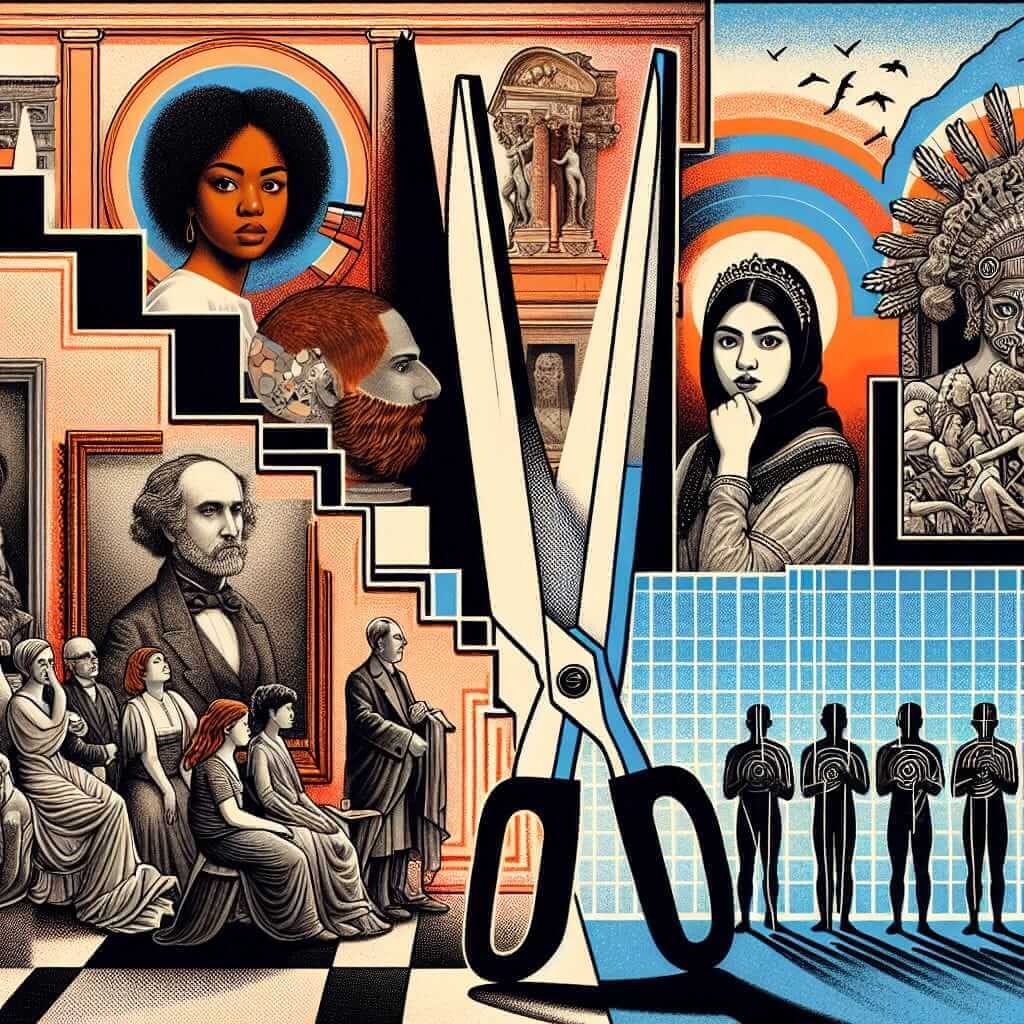As an experienced IELTS instructor, I’ve often encountered this question, or a variation of it, in the IELTS Speaking test. It’s a question that goes beyond simply listing vocabulary about the arts. It requires you to demonstrate critical thinking, a global perspective, and the ability to articulate complex ideas effectively.
Nội dung bài viết
Understanding the Question
Before we dive into crafting a stellar answer, let’s break down what the examiner is truly asking:
- Challenges: These are obstacles or difficulties that the arts are currently facing.
- The arts: This encompasses a wide range of creative disciplines including visual arts (painting, sculpture), performing arts (music, theatre, dance), literature, and film.
- Today: This emphasizes the need for your answer to be relevant to the current global context.
Crafting Your Response
Here’s a step-by-step approach to build a comprehensive and engaging answer:
1. Provide a General Overview
Begin by acknowledging the question and offering a general statement about the current state of the arts.
Example: “Well, it’s undeniable that the arts face a number of significant challenges in this day and age.”
2. Discuss Specific Challenges
Now, delve into specific challenges. Aim for 2-3 well-developed points, ensuring you elaborate on each with examples and explanations. Here are some potential areas to discuss:
-
Funding and Financial Sustainability:
- Explanation: Government funding for the arts is shrinking in many countries, making it difficult for artists and arts organizations to survive.
- Example: Many small theaters and independent music venues are struggling to stay afloat due to a lack of financial support.
-
The Impact of Technology and Digital Platforms:
- Explanation: While technology offers new avenues for creation and consumption, it also presents challenges like piracy, copyright infringement, and the devaluation of artistic work in the digital space.
- Example: Musicians, for instance, earn a fraction of royalties from streaming services compared to traditional album sales.
-
Accessibility and Diversity:
- Explanation: The arts should be accessible to all, regardless of background or socioeconomic status. However, barriers like the high cost of attending performances or exhibitions and the lack of representation of marginalized communities persist.
- Example: Museums often charge high entrance fees, which can exclude people from lower-income backgrounds from experiencing art firsthand.
-
Preserving Cultural Heritage in a Globalized World:
- Explanation: Balancing the preservation of traditional art forms with contemporary influences and global trends is a constant challenge.
- Example: Indigenous communities around the world strive to maintain their unique artistic traditions while adapting to modern influences.

3. Offer a Balanced Perspective
While it’s essential to acknowledge the challenges, concluding on a note of optimism or suggesting potential solutions demonstrates a nuanced understanding of the issue.
Example: “Despite these challenges, I believe the arts possess an incredible power to adapt and evolve. New technologies also bring exciting possibilities, and there’s a growing awareness about the importance of inclusivity in the art world. “
Example Answer
Here’s a sample answer incorporating the elements discussed above:
“Well, it’s undeniable that the arts face a number of significant challenges in this day and age. One of the most pressing issues is funding. Government support for the arts is dwindling in many parts of the world, forcing artists and arts organizations to find alternative sources of revenue, which can be extremely challenging. For example, numerous small theaters and independent music venues struggle to keep their doors open due to a lack of financial support. Another challenge stems from the rise of technology. While platforms like Spotify or YouTube have made art more accessible, they often don’t translate into fair compensation for artists. Musicians, for instance, might get millions of streams but receive very little in royalties. On a more positive note, I believe the arts have an incredible ability to adapt and evolve. We are seeing innovative art forms emerging through digital mediums, and there’s a growing movement to make the arts more inclusive and representative of diverse voices.”
Key Tips for Success
- Use a Range of Vocabulary: Showcase your language skills by using a variety of vocabulary related to challenges, solutions, and the arts.
- Provide Specific Examples: Illustrate your points with concrete examples to make your answer more engaging and convincing.
- Be Concise and Coherent: Organize your thoughts logically and link your ideas using appropriate connectors.
- Practice Regularly: The more you practice discussing these issues, the more confident and fluent you’ll become.
Remember, the IELTS Speaking test assesses your ability to communicate effectively in English. By following these tips and structuring your response effectively, you can demonstrate your language proficiency and score highly in this section of the exam.